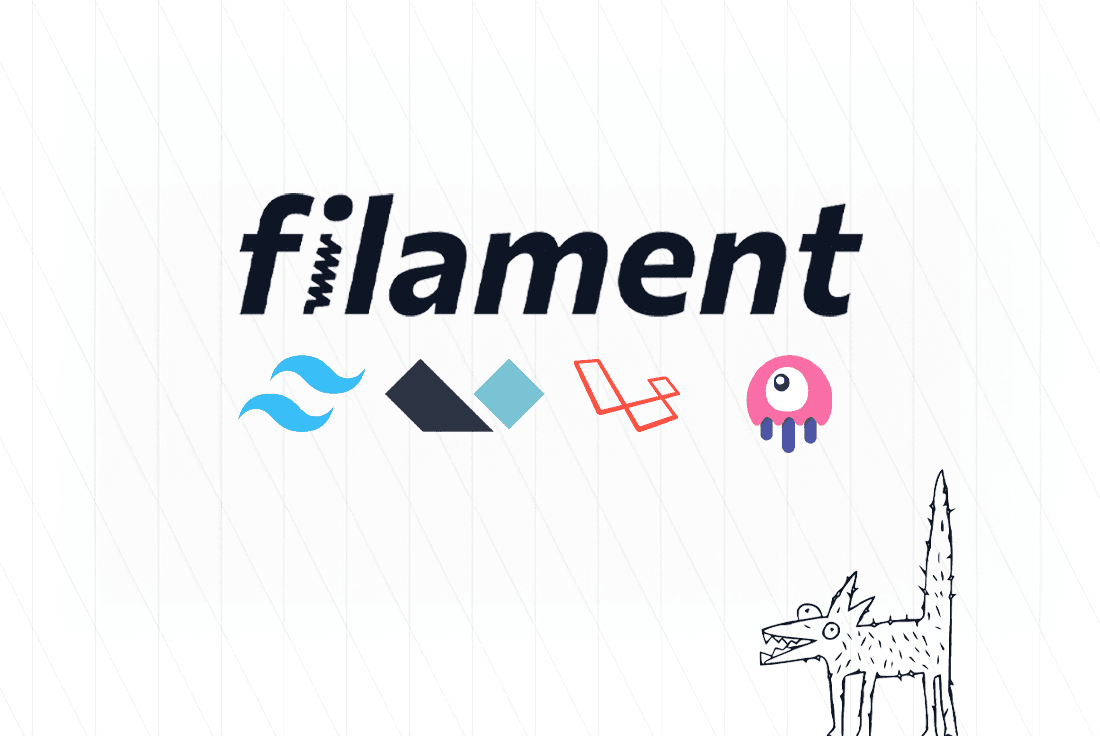Filament, a versatile and integral component in various industries, is a material often used in the manufacturing and construction processes. It plays a crucial role in applications such as 3D printing, textiles, electronics, medicine, and automotive production. This article will delve into the world of filament, its diverse applications, and the science behind its functionality.
Types of Filaments
Filaments come in a wide variety of materials, each tailored to specific applications. The most common types of filaments include plastic, metal, and composite filaments. Plastic filaments, such as PLA (Polylactic Acid) and ABS (Acrylonitrile Butadiene Styrene), are frequently used in 3D printing due to their affordability and ease of use. Metal filaments, including bronze and stainless steel, are employed for their durability and unique aesthetic qualities. Composite filaments combine various materials for specialized applications.
How Filament Works
Filament operates on the principle of controlled extrusion. The material, usually in the form of a spool, is fed into a machine that melts it at a precise temperature. The molten material is then extruded through a nozzle, which moves according to a digital design. As the extruded material cools, it solidifies, creating a three-dimensional object layer by layer. The temperature control is crucial, as different filaments have different melting points and properties.
3D Printing with Filament
The world of 3D printing has been revolutionized by filament. 3D printers use a process called Fused Filament Fabrication (FFF) or Fused Deposition Modeling (FDM). Filament is loaded into the 3D printer, and the printer head, equipped with a nozzle, moves along the X, Y, and Z axes to create intricate objects. The possibilities are nearly limitless, from producing prototypes and parts to creating intricate works of art.
Filament in the Textile Industry
The textile industry relies heavily on filament, particularly for producing synthetic fabrics. Materials like nylon and polyester are spun from filament threads, providing strength and durability. Recent innovations have led to the development of smart textiles that incorporate electronic components, opening up new avenues for wearable technology.
Filament in the Electronics Industry
In the electronics sector, filament is used in the production of printed circuit boards (PCBs) and other components. High-precision, conductive filaments are essential for creating intricate connections within electronic devices. Advancements in filament technology have led to the development of flexible and stretchable electronics.
Filament in Medicine
Filament has made significant inroads into the field of medicine. It is used in 3D printing patient-specific implants and prosthetics, providing a level of customization and precision that was previously unattainable. The biocompatible filament has opened up new possibilities in regenerative medicine and tissue engineering.
Filament in the Automotive Industry
The automotive industry benefits from filament materials due to their lightweight and durable nature. The use of carbon fiber filament, for example, has led to the development of stronger and more fuel-efficient vehicles. Filament-reinforced composites are increasingly being used in car manufacturing.
Environmental Impact of Filament
As the use of filament materials grows, concerns about environmental impact arise. The production and disposal of filament can have a carbon footprint. However, efforts are being made to develop biodegradable and recyclable filament materials to mitigate these concerns.
Future Trends in Filament Technology
The future of filament technology is promising. We can anticipate advancements in filament materials, printing technologies, and applications. One exciting trend is the integration of filaments with other advanced manufacturing techniques, such as 4D printing, where objects can transform over time.
Benefits of Using Filament
The benefits of using filament materials are numerous. They offer exceptional strength-to-weight ratios, making them ideal for lightweight structures. Additionally, the ability to create custom designs and intricate shapes sets filament apart from traditional materials.
Challenges in Filament Usage
While filament has revolutionized many industries, it is not without its challenges. Common issues include filament jams, warping, and print quality inconsistencies. Manufacturers and users must be prepared to address these challenges.
Filament Safety Measures
Ensuring the safe handling and use of filament materials is paramount. Users must be aware of potential hazards, such as hot printer heads and fumes. Proper safety measures, including ventilation and protective gear, should be employed to mitigate risks.
Filament Storage and Maintenance
Proper storage of filament is essential to maintain its quality. Filament should be kept in airtight containers and away from moisture and direct sunlight. Regular maintenance of 3D printers and other equipment is also necessary to ensure smooth operation.
Conclusion
Filament is a game-changer in various industries, offering versatility, strength, and endless possibilities for innovation. From 3D printing to textiles, electronics, medicine, and automotive manufacturing, filament has become an indispensable material. While challenges exist, ongoing research and development will likely lead to even more exciting applications in the future.
Full Tutorial
| 01 – Install, Create User & Customize | 13 – Form Layouts: Columns, Sections, Tabs, Wizards |
| 02 – First CRUD Menu: Product Resource | 14 – Menu Items: Ordering, Grouping, Icons, Badges |
| 03 – Column Sort, Search and Validate | 15 – Change Colors, Fonts, Themes |
| 04 – Filament: the best TALL Stack Package | 16 – Multi-language: System Texts, Labels, Menus |
| 05 – How to customize Laravel filament login page | 17 – View Pages: Custom Page or Infolist Builder |
| 06 – Generate Simple Resources and hasMany Count | 18 – Global Search in Multiple Resources |
| 07 – BelongsToMany: Multi-Select and Relation Manager | 19 – Dashboard Widgets: Stats, Charts, Tables and Header/Footer |
| 08 – Table Filters for Select and Dates | 20 – Dynamic Forms: Hidden, Disabled and “Reactive” Options |
| 09 – Column Formatting: Badges, URLs, Labels, Alignment, Dates | 21 – Restrict Add/Edit/Delete Actions and Buttons |
| 10 – Table Columns for Live-Editing Data | 22 – Multi-Tenancy in Filament 3 |
| 11 – Table Grouping and Summarizers | 23 – Multiple Panels: Admin and Accountant |
| 12 – Table Actions: Row / Bulk / Header | 24 – Shield Plugin for Roles and Permissions |



